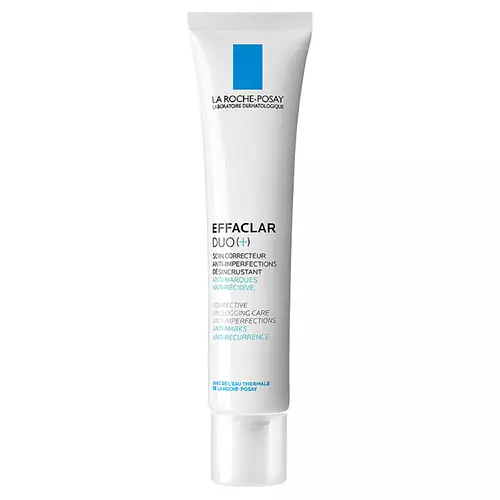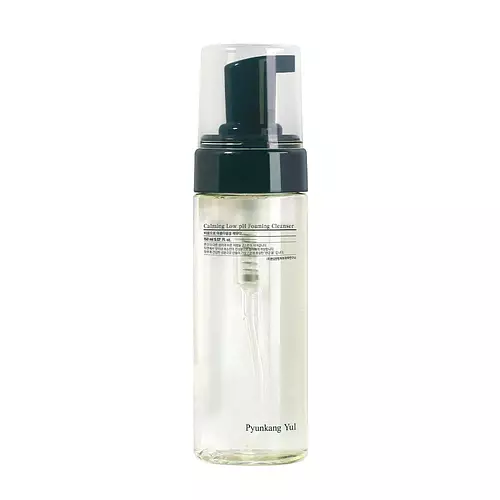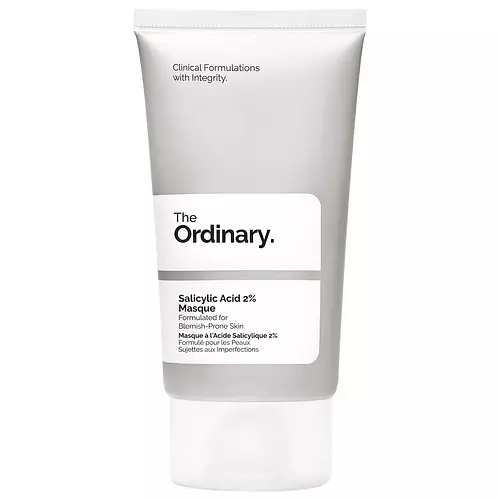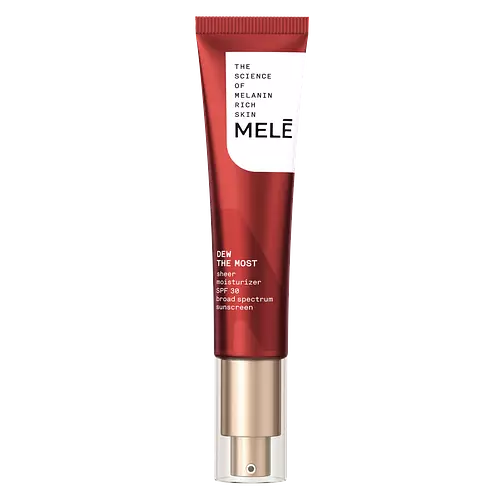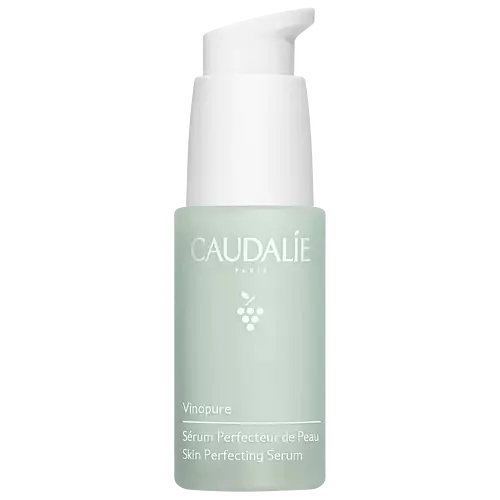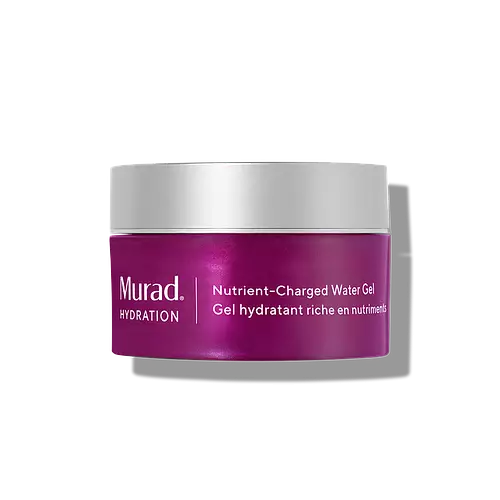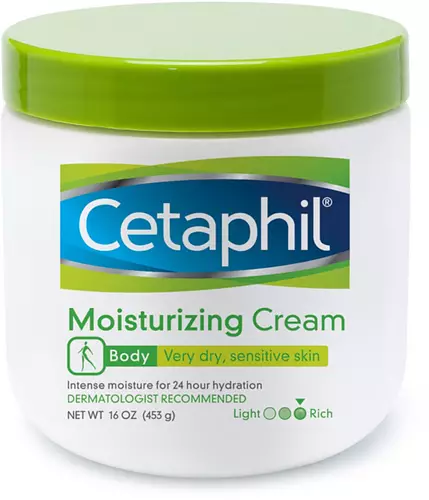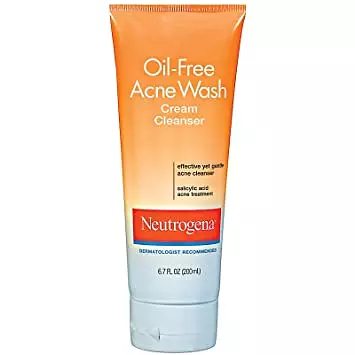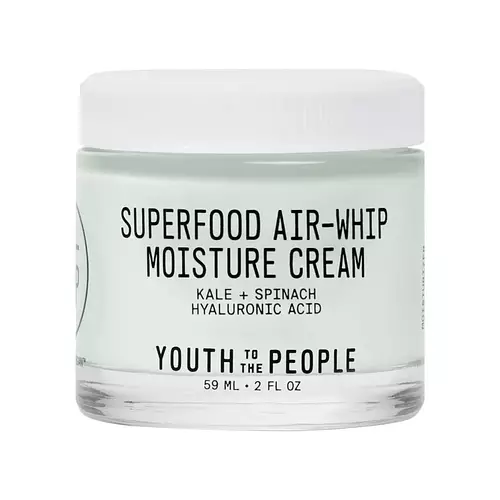La Roche-Posay Effaclar Duo(+) SkinCorrecteur Versus Pyunkang Yul Calming Low pH Foaming Cleanser
Updated on June 26, 2024
Overview
What they are
These products are both reef safe . They have a total of 3 ingredients in common
Suited For
They're both likely to be good for oily skin
Free From
They both do not contain any harsh alcohols, common allergens, oils, parabens or sulfates
What's Inside
They both contain fragrances
We independently verify ingredients, and our claims are backed by peer-reviewed research. Spot a product that needs an update? Let us know.
Ingredient Info
La Roche-Posay Effaclar Duo(+) SkinCorrecteur 30 ingredients
Pyunkang Yul Calming Low pH Foaming Cleanser 34 ingredients
At a glance
Click on any of the items below to learn more
La Roche-Posay Effaclar Duo(+) SkinCorrecteur 30 ingredients
Pyunkang Yul Calming Low pH Foaming Cleanser 34 ingredients
Notable Ingredients
This product contains 1 ingredient that may have this attribute:
This product contains 1 ingredient that may have this attribute:
This product contains 1 ingredient that may have this attribute:
Benefits
This product contains 1 ingredient that may have this attribute:
This product contains 1 ingredient that may have this attribute:
This product contains 1 ingredient that may have this attribute:
This product contains 1 ingredient that may have this attribute:
This product contains 1 ingredient that may have this attribute:
This product contains 1 ingredient that may have this attribute:
This product contains 3 ingredients that may have this attribute:
This product contains 3 ingredients that may have this attribute:
Concerns
This product contains 3 ingredients that may have this attribute:
This product contains 3 ingredients that may have this attribute:
This product contains 3 ingredients that may have this attribute:
This product contains 3 ingredients that may have this attribute:
Benefits
This product contains 1 ingredient that may have this attribute:
This product contains 1 ingredient that may have this attribute:
This product contains 2 ingredients that may have this attribute:
Concerns
This product contains 1 ingredient that may have this attribute:
This product contains 1 ingredient that may have this attribute:
Ingredients Side-by-side
Ingredients Explained
These ingredients are found in both products.
Ingredients higher up in an ingredient list are typically present in a larger amount.
Water. It's the most common cosmetic ingredient of all. You'll usually see it at the top of ingredient lists, meaning that it makes up the largest part of the product.
So why is it so popular? Water most often acts as a solvent - this means that it helps dissolve other ingredients into the formulation.
You'll also recognize water as that liquid we all need to stay alive. If you see this, drink a glass of water. Stay hydrated!
Learn more about WaterDisodium EDTA plays a role in making products more stable by aiding other preservatives.
It is a chelating agent, meaning it neutralizes metal ions that may be found in a product.
Disodium EDTA is a salt of edetic acid and is found to be safe in cosmetic ingredients.
Learn more about Disodium EDTACaprylyl Glycol is a humectant and emollient, meaning it attracts and preserves moisture.
It is a common ingredient in many products, especially those designed to hydrate skin. The primary benefits are retaining moisture, skin softening, and promoting a healthy skin barrier.
Though Caprylyl Glycol is an alcohol derived from fatty acids, it is not the kind that can dry out skin.
This ingredient is also used as a preservative to extend the life of products. It has slight antimicrobial properties.
Learn more about Caprylyl GlycolIngredient Ratings
Here's what our community thinks of the ingredients in these products.
When to use
La Roche-Posay Effaclar Duo(+) SkinCorrecteur 30 ingredients
Pyunkang Yul Calming Low pH Foaming Cleanser 34 ingredients


Reviews
Here's what our community thinks
La Roche-Posay Effaclar Duo(+) SkinCorrecteur 30 ingredients
GabriellaTsoukalas
Good, but wouldn't repurchase it again
I bought it after SOOO many reviews on tiktok. I tried it and it was really good and matte on my skin. I...
Good, but wouldn't repurchase it again
I bought it after SOOO many reviews on tiktok. I tried it and it was really good and matte on my skin. I didn't felt that I needed that (cause I was using the effaclar serum too) so I didn't repurchased again. Would recommend for someone with acne prone skin, looking for a matte gel that feels like a moisturizer.
MariamAlghussein_930
Broke me out!
After applying the product my skin immediately turned red and irritated and started feeling itchy. My skin never reacts this way!...
Broke me out!
After applying the product my skin immediately turned red and irritated and started feeling itchy. My skin never reacts this way! Dont recommend for dry skin
Pyunkang Yul Calming Low pH Foaming Cleanser 34 ingredients
MonicaJimenez_574
Gentle, soft, and has a very mild scent! Been using this cleanser for a while as my go-to due to its low ph and centella extract in it- you only...
Gentle, soft, and has a very mild scent! Been using this cleanser for a while as my go-to due to its low ph and centella extract in it- you only need about half a pump for your whole face. It leaves my face feeling calm and not irritated. It’s also not very drying, and gentle.
